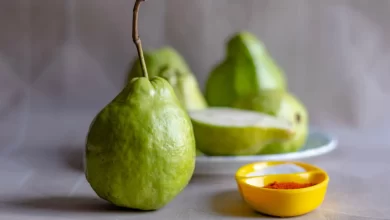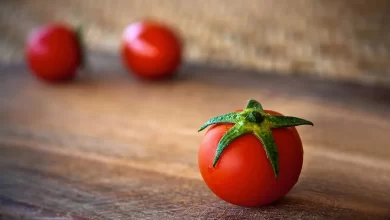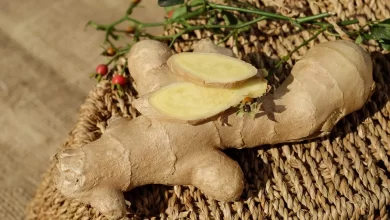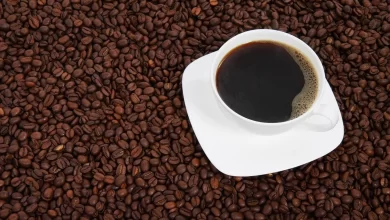Wheat is a grass that is widely cultivated for its seed, which is a cereal grain and a global staple food. Wheat is a caryopsis fruit, or we can say that wheat is a small edible fruit. Wheat grain is the fruit that produces dry edible seeds and is known as the kernel. So it is one-seeded dry fruit. Wheat is the most common source of vegetable protein in human food worldwide. It contains more protein than other major cereals like maize (corn) or rice. In terms of total production, it is second only to rice as the primary human food crop and ahead of maize.
- Wheat has been cultivated for more than 10,000 years, beginning in the Fertile Crescent (Egypt) and arriving in England around 5,000 years ago.
- Milling wheat for flour was not common until the 12th century, but by the turn of the 19th century, wheat had become the UK’s most important crop grown for human consumption.
- The genus Triticum is a term that includes numerous species of wheat, with common wheat being the most widely cultivated (T. aestivum).
- Wheat is grown on more land area than any other food crop (545 million acres), which accounts for 25% of the total arable land of the world.
- Wheat trade globally is greater than all other crops combined.
- With a global production of 761 million tonnes (839 million short tonnes; 1.7 trillion pounds) in 2020, wheat overtook maize as the second most produced cereal.
- Since 1960, global wheat and other grain crop production have tripled, and this trend is expected to continue through the middle of the twenty-first century.
- Around 20 wheat varieties from seven species are grown around the world. In the United States, one acre of land yields about 37 bushels of wheat.
- Eighty thousand plants are, on average, grown on one acre of land. This produces about 41 kg of seeds and a 1–2 tons yield.
- China is the world’s largest wheat producer and has yielded more than 2.4 billion tonnes of wheat in the last 20 years, around 17% of total production. India is the second biggest producer of this valuable crop.
- Russia is the largest global wheat exporter, exporting volumes worth more than $7.3 billion in 2021.
- In the United States, the major wheat-producing states are Kansas and North Dakota. Whereas In India, the most significant producing states are Uttar Pradesh, Madhya Pradesh And Punjab. While in China, Henan and Shandong are the biggest producer states in the province.
- Wheat has numerous health benefits, such as:
• Lower your risk of heart disease
• Lower your risk of stroke
• Reduce your risk of obesity
• Lower your risk of type 2 diabetes
• Support healthy digestion
• Reduce chronic inflammation
• May reduce your risk of cancer - The crop is grown on almost every continent except Antarctica.
Nutrition Facts of Wheat
Here are the nutritional profile of 3.5 ounces (100 grams) of whole-grain wheat flour.
- Calories: 340 kcal
- Protein: 13.2 grams
- Fiber: 10.7 grams
- Carbohydrate: 72 grams
- Water: 11%
- Fat: 2.5 grams
- Sugar: 0.4 grams
References
- Wikipedia-Wheat
- Statista.com(Top wheat producing states in US))
- Statista.com(Top wheat producing states in China))
- Worldpopulationreview.com(Wheat production by country)
- Healthline.com(wheat nutrition)





